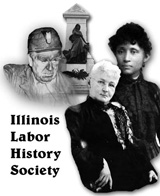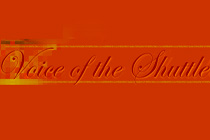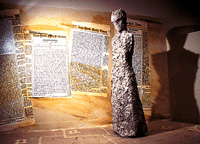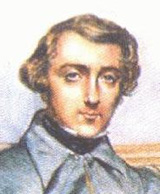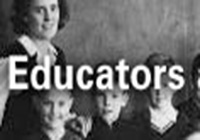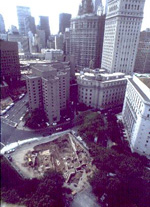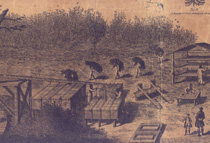Rare Map Collection
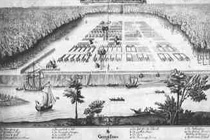
A collection of more than 800 maps dating from 1544 to 1939 of mostly North American locations, with an emphasis on 19th-century Georgia. Organized into nine chronological and topical divisions—New World; Colonial America; Revolutionary America; Revolutionary Georgia; Union and Expansion; American Civil War; Frontier to New South; Savannah and the Coast; and Transportation.
Includes maps of battles, American Indian nations, railroads, and roads. Useful especially for those studying military history and the development of the South.
